Will 2019 Legislature Ban Pet Leases? CT Would Be 4th State to Approve Ban
/New York became the third state earlier this year, following Nevada and California, to enact a law restricting or prohibiting pet leasing, apparently a growing trend – and concern - across the country. The law was approved last month and takes effect in December.
Connecticut considered a ban on pet leasing during the 2018 legislative session. A proposal was approved in the Senate, but was not considered by the House of Representatives, according to a report released this month by the state Office of Legislative Research (OLR). 
The Federal Trade Commission explains that “pet leasing is a relatively new industry. It relies on a financial product – a consumer lease – that is commonly associated with cars, furniture, and heavy equipment, not with puppies, parrots, and other pets. As a result, most people considering buying a pet are not expecting to be handed a lease.”
“There can be complications,” the FTC points out. “If the customer misses a monthly payment, the leasing company can repossess Fluffy, Fido, or Cookie the Cockatoo. And, if the animal gets lost, stolen, or dies, or if the customer can no longer keep the pet, the customer can still be required to make payments through the end of the lease period or pay a hefty early termination fee.”
These concerns, and others, are leading an increasing number of states to consider laws to govern – or ban – the practice. Last month, published reports indicate that the American Society for the Prevention of Cruelty to Animals filed a lawsuit in New Jersey Superior Court on behalf of residents of Hopatcong, New Jersey, against a local pet store and another in Virginia. The lawsuit challenges the lease agreement.
Earlier this year, CBS News published a story about the practice, citing a Connecticut pet store’s practice that irked a local resident.
“Here's how it works: pet stores lure customers in with a cute but expensive pet. Then the customers sign what they believe is a loan that will allow them to make low monthly payments for the pet,” the CBS News report explained. “But it's not really a loan; it's a lease. And customers often don't realize it until it's too late.”
The Connecticut law proposed earlier this year “generally would have voided any pet lease entered into on or after October 1, 2018,” according to OLR. It stated that “Anyone taking possession of a dog or cat under such a contract would have been (1) deemed to be the animal’s owner and (2) entitled to the return of all amounts paid under the contract.”
Nevada law prohibits a person from offering to lease any living animal or goods intended for personal, family, or household use, including pets, according to the research published by OLR. California law, effective on January 1 this year, applies to dogs and cats and points out that the consumer taking possession of the dog or cat under such a contract is deemed the animal’s owner, voiding any lease agreements. The New York law prohibits a contract for buying or financing a dog or cat that includes any provisions that authorize using the dog or cat as security and allow the lender or seller to repossess the animal if the buyer fails to make payments under the contract. The law does not prohibit buying a dog or cat through an unsecured personal loan.


 Electricity costs are significantly higher on the East Coast, according to the study by move.org, released this week. Seven of the top ten states with the most expensive utilities are on the Atlantic Seaboard. In addition to Connecticut, those states are Rhode Island, ranking third at $521.98; New York ($477.31); New Hampshire ($477.02); Massachusetts ($469.13); Vermont ($468.30) and Maine ($464.45). The only other non-Atlantic coast state to land in the top 10 is South Carolina ($473.78).
Electricity costs are significantly higher on the East Coast, according to the study by move.org, released this week. Seven of the top ten states with the most expensive utilities are on the Atlantic Seaboard. In addition to Connecticut, those states are Rhode Island, ranking third at $521.98; New York ($477.31); New Hampshire ($477.02); Massachusetts ($469.13); Vermont ($468.30) and Maine ($464.45). The only other non-Atlantic coast state to land in the top 10 is South Carolina ($473.78).


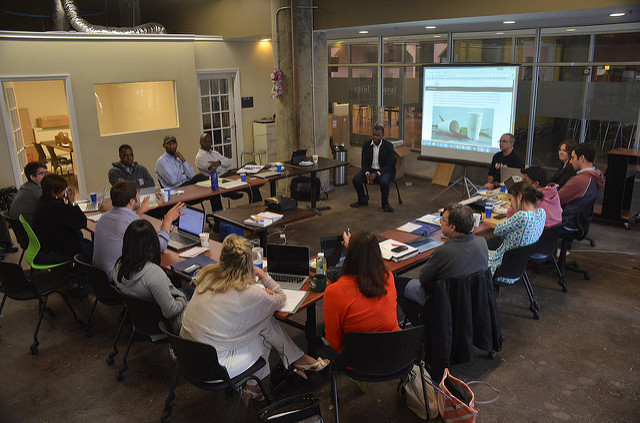
 The comprehensive assessment of Hartford’s ecosystem also noted that “Hartford’s [startup] founders claim to have the right ambition to go global,” concluding that “Hartford’s startups have more potential to strengthen Global Market Reach and Global Connectedness.” In a number of areas analyzed in the assessment, Hartford is seen as having potential to strengthen the local startup community, its reach beyond Hartford, and the demographic of startup teams.
The comprehensive assessment of Hartford’s ecosystem also noted that “Hartford’s [startup] founders claim to have the right ambition to go global,” concluding that “Hartford’s startups have more potential to strengthen Global Market Reach and Global Connectedness.” In a number of areas analyzed in the assessment, Hartford is seen as having potential to strengthen the local startup community, its reach beyond Hartford, and the demographic of startup teams.




 The VentureClash competition started with applications from 300 companies from more than 15 countries. After two rounds of judging, nine finalists were named, and they then went on to compete at the live pitch event. The judges included investors and subject-matter experts from Greycroft Partners, Oak HC/FT, Real Ventures, Stanley Ventures, Teamworthy Ventures, Travelers and the Royal Bank of Scotland.
The VentureClash competition started with applications from 300 companies from more than 15 countries. After two rounds of judging, nine finalists were named, and they then went on to compete at the live pitch event. The judges included investors and subject-matter experts from Greycroft Partners, Oak HC/FT, Real Ventures, Stanley Ventures, Teamworthy Ventures, Travelers and the Royal Bank of Scotland.
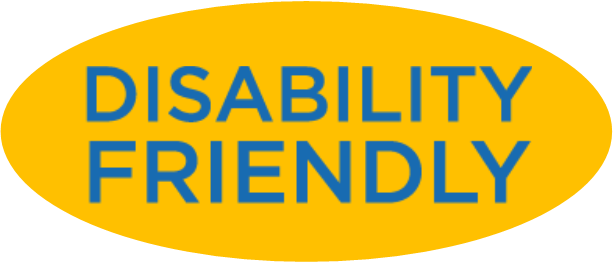 The personal-finance website WalletHub compared the largest U.S. cities – including at least two from each state - across 31 key indicators of disability-friendliness. The data set ranges from wheelchair-accessible facilities per capita to rate of workers with disabilities to quality of public hospital system. The 31 indicators were grouped into three categories: Economy, Quality of Life and Health Care.
The personal-finance website WalletHub compared the largest U.S. cities – including at least two from each state - across 31 key indicators of disability-friendliness. The data set ranges from wheelchair-accessible facilities per capita to rate of workers with disabilities to quality of public hospital system. The 31 indicators were grouped into three categories: Economy, Quality of Life and Health Care.
 “Bridgeport has one of the lowest number of wheelchair accessible art, entertainment and recreational establishments per capita, and a large number of older buildings with little to no access for disabled residents," Gonzalez said.
“Bridgeport has one of the lowest number of wheelchair accessible art, entertainment and recreational establishments per capita, and a large number of older buildings with little to no access for disabled residents," Gonzalez said.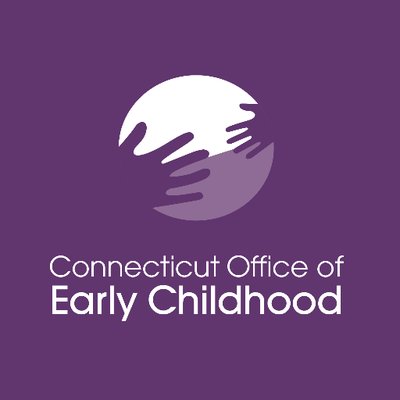
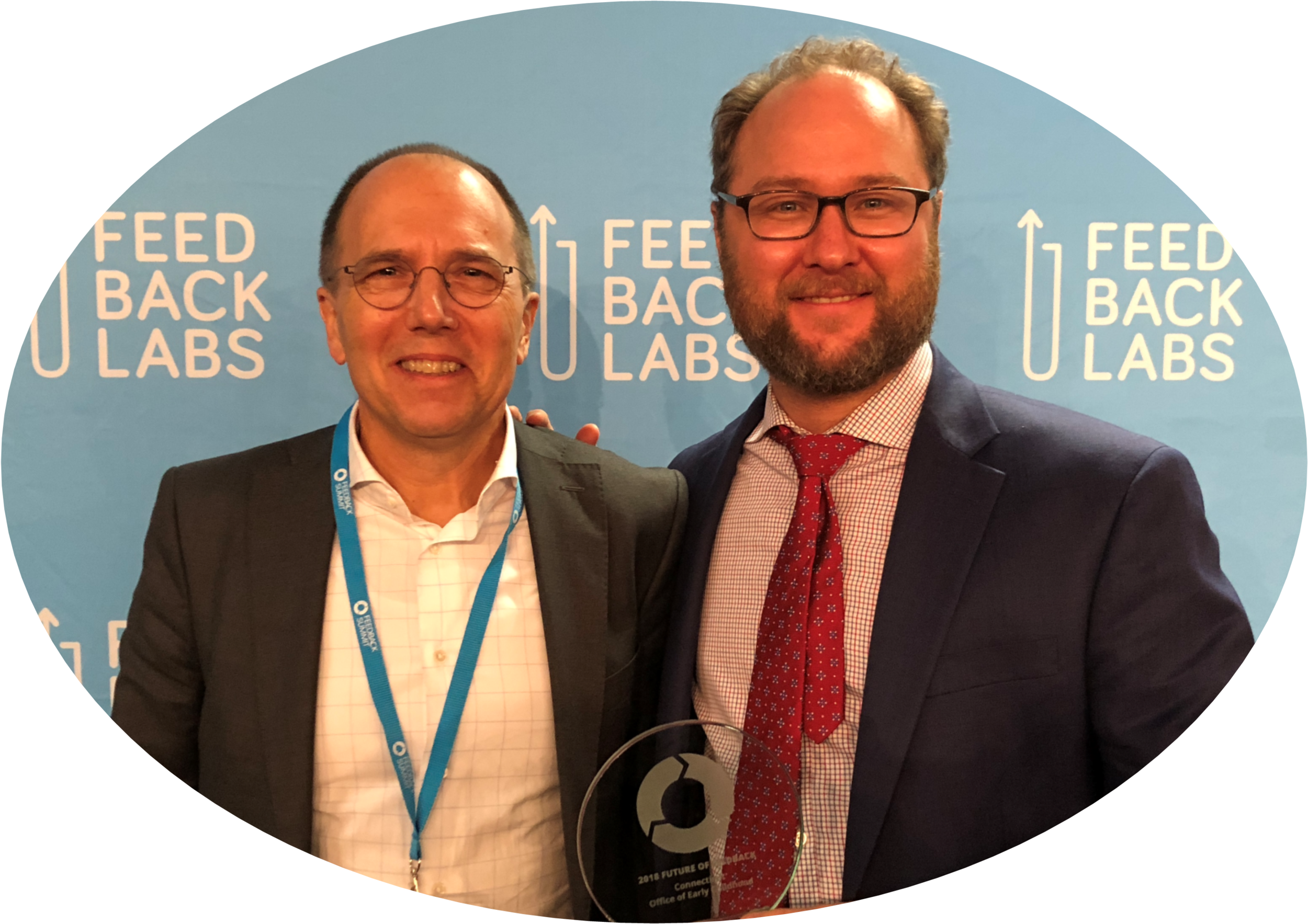 Among the 10 largest state agencies in Connecticut, OEC’s goal is to keep the state’s children safe, healthy, learning and thriving. Through its innovative feedback efforts, the agency is acting on evidence that engaging providers and parents in policymaking yields better results. Officials said that the agency combined data from 1,700 family surveys, another survey shared with all providers in the state, and 400 community and provider meetings in order to build a draft plan to transform the ECE system in the state, which serves 200,000 children.
Among the 10 largest state agencies in Connecticut, OEC’s goal is to keep the state’s children safe, healthy, learning and thriving. Through its innovative feedback efforts, the agency is acting on evidence that engaging providers and parents in policymaking yields better results. Officials said that the agency combined data from 1,700 family surveys, another survey shared with all providers in the state, and 400 community and provider meetings in order to build a draft plan to transform the ECE system in the state, which serves 200,000 children.



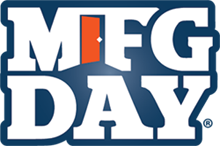
 Marion Manufacturing Company, located in Cheshire, will offer visitors a “first-hand look at manufacturing in today’s high tech world.”
Marion Manufacturing Company, located in Cheshire, will offer visitors a “first-hand look at manufacturing in today’s high tech world.” 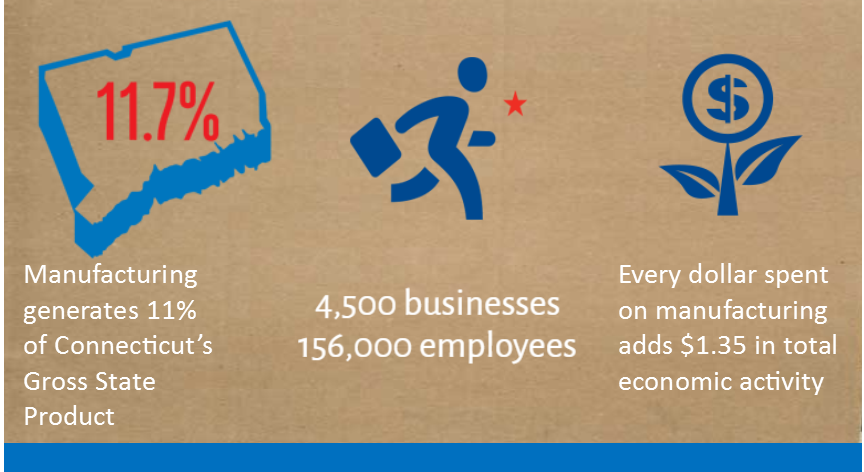
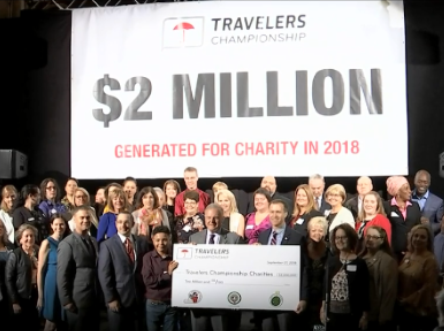 e the community a better place.”
e the community a better place.”



























